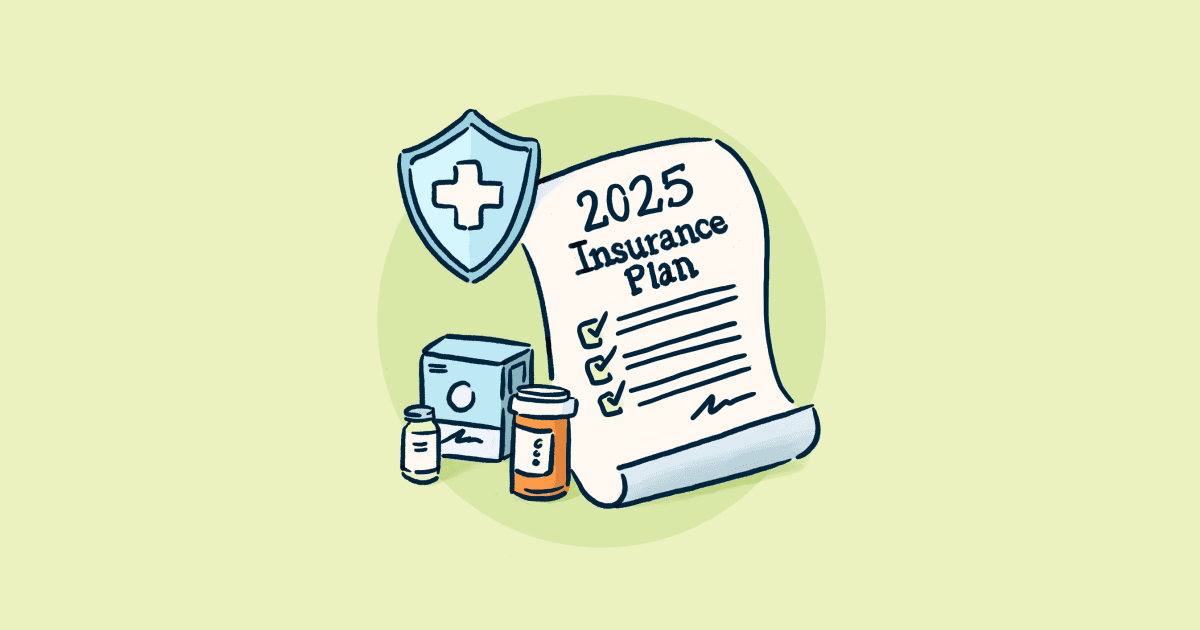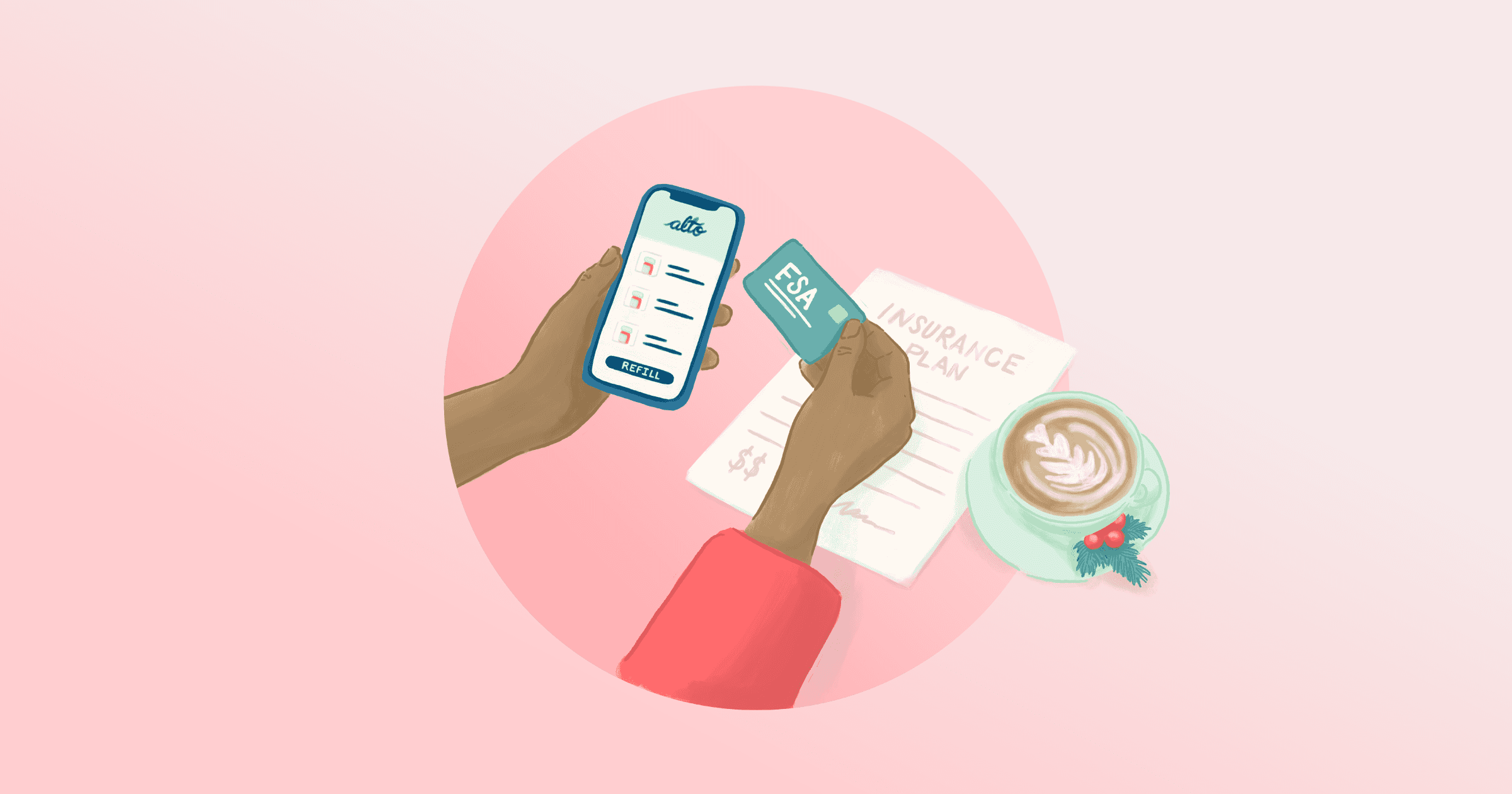A Potential Path to Pregnancy
IVF, or in vitro fertilization, is one form of treatment that may help those experiencing infertility to conceive. In fact, at least 8 million babies born today are a result of this procedure. That’s remarkable when you consider the first successful IVF procedure was only conducted in 1978.
In this article we’ll share what a typical IVF schedule might look like, beginning with medications used to grow follicles, the egg retrieval process, and finally, transfer options. Let’s take a closer look at how one might arrive at each step.
What Medications Should I Expect with IVF?
The IVF process itself requires considerable IVF medication use on a precisely timed schedule. For these reasons, it’s important to understand what you might be prescribed as well as any potential IVF medication side effects.
Days 1 to 4
On the first day of a patient’s menstrual cycle they will typically call to schedule a “baseline” visit for Day 3 of their cycle. This appointment includes an ultrasound and bloodwork. After this visit, if approved, patients will start hormone injections (commonly referred to as “stimulation meds” or “stims”).
These injections stimulate egg production so a woman’s body produces many follicles in a cycle, not just one (follicles house eggs that contain all the hormones and fluids needed to make an egg mature). Patients with one or more follicles already grown may need to wait until their next period cycle or use a different protocol.
Stims are typically injected between 6-9PM daily at a consistent time.
Common stims medications include:
Supportive/adjunctive medications include:
Omnitrope® - A growth hormone whose main purpose is to help improve the quality of eggs. Not every patient will see this on their protocol. Typical use cases include poor responders to stimulation medications and women who have a decreased ovarian reserve.
As a result of injections it is normal for patients to experience soreness or mild bruising at the site of injection. Bloating, cramping, headaches, breast tenderness and in some cases, temporary allergic reactions are also common side effects.
Days 5-10
During this period patients will continue stims and may start what is known as “antagonists” to prevent premature ovulation (i.e. once eggs are released into the pelvic cavity they cannot be retrieved). These types of medications block the hormone (gonadotropin-releasing hormone-GnRH) that causes eggs to be released from the ovaries.
Regular monitoring visits will likely include additional ultrasounds and bloodwork and occur around days four and six and every other day after. Visit results will then determine if nightly doses need to be changed or if an antagonist is necessary. In these cases, patients will often have leftover medications or need refills.
Common medications may include:
Side effects are similar to those experienced during days one to four. Some patients also experience what is known as ovarian hyperstimulation syndrome (OHS). In this instance there is an overproduction of follicles that can cause extreme swelling or pain in the ovaries. Depending upon the severity, treatment may be cancelled until a future cycle.
Days 10+
Patients will receive a final ultrasound and bloodwork to confirm if the follicle pack has reached maturity. If so, a “trigger shot” is assigned approximately 35-36 hours before retrieval to stimulate final growth spurt and ovulation.
Trigger shots are hormones that support the normal development of an egg in a woman's ovary, essentially triggering the egg to go through a final growth spurt, and stimulate the release of the egg during ovulation from the follicles within 36 hours.
Common medications include:
In most cases, patients will discontinue all other medications and are given a deep sedation for the 15-45 minute retrieval process. Following the procedure it’s normal to feel mild cramping or experience some vaginal spotting.
Keep in mind that follicles may be empty at the time of retrieval or contain an immature egg. This means the number of eggs retrieved after egg retrieval may be lower than the number of follicles seen on the ultrasound or based on bloodwork.
What Happens After Egg Retrieval?
Sperm is collected according to clinic protocol or donor sperm is thawed at the time of egg retrieval.
The retrieved eggs and sperm are combined and monitored for signs of fertilization as the embryo(s) divides into a small cluster of cells.
The quality of embryos are given a grade, often using a common A-D rubric with A = excellent quality, D = poor quality to determine the likelihood of a successful implantation.
What are the Types of IVF Transfer?
“Fresh” transfer: For patients who are seeking to transfer their eggs immediately after retrieval, the embryo can be transferred in 2 different stages of its lifecycle:
They can be transferred on approximately day 2 or 3 after fertilization when it is in its cleavage stage.
They can be transferred between days 5-7 after fertilization when it is in its blastocyst stage.
The best appearing embryos are then deposited into the uterine cavity using a catheter. Patients may experience cramping, bloating and spotting following this procedure.
“Frozen” transfer: In some scenarios for egg freezing, i.e. planning for the future, the embryos are not transferred immediately. In this instance, because the technology does not currently exist to keep an embryo viable outside of the womb for an extended amount of time, embryos are frozen through a process called vitrification.
What Happens After IVF Transfer?
After transfer (0-1 days post retrieval), progesterone supplements provide hormonal support for successful attachment of the embryo to the uterine lining using vaginal, oral, or injectable progesterone and in some cases, a combination of methods. Common medications include:
Progesterone capsules, suppositories, lozenges
And finally - within 12 days to two weeks a blood sample is taken to determine if the transfer resulted in a successful pregnancy. This test measures the hCG (human chorionic gonadotropin) levels, often referred to as the “pregnancy hormone,” which indicates cells are forming in the placenta to nourish the fertilized egg.
With You Each Step of the Way
Despite how involved IVF medications might be, know that you are not alone in this journey. Alto’s dedicated fertility pharmacists are here to help answer your questions and work with your physician to ensure your IVF treatment plan is followed properly.
We offer a convenient and supported pharmacy experience, with fast and reliable delivery of your medications and fertility resources like personalized injection guide videos and access to fertility-trained pharmacists. In addition to local service offerings at our brick-and-mortar locations, we’re now serving more patients throughout the United States through our mail order service. We offer free FedEx next-day delivery of all fertility medications and supplies to patients served via mail order.
To learn more visit us at alto.com/fertility or reach out any time through in-app secure messaging or by phone at 1-800-874-5881. We’re here for you from your first cycle to your last and everything in between.
Editor’s Note: This post was originally published in October 2022 and has been updated for accuracy and completeness.
This content is not intended to be a substitute for professional medical advice, diagnosis, or treatment. Always seek the advice of your physician or other qualified health provider with any questions you may have regarding a medical condition.
All third party trademarks (including logos and icons) referenced by Alto Pharmacy remain the property of their respective owners. Unless specifically identified as such, Alto’s use of third party trademarks does not indicate any relationship, sponsorship or endorsement between Alto and the owners of these trademarks.

















